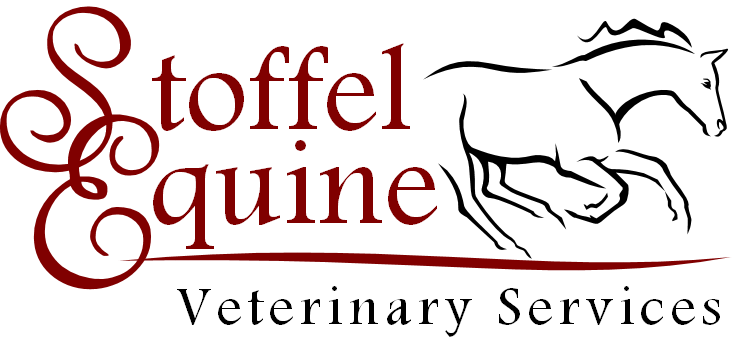
Performance Evaluations:
Performance horses can sometimes not have an overt lameness, but, can have subtle changes in behavior due to soreness that leads to poor performance. For example, a horse that is very good at changing leads can suddenly get a bad attitude while doing the maneuver, or, may refuse to do the maneuver all together. These can be the first clues that the horse is starting to get sore.
A performance evaluation can help detect early problems. Issues can be addressed before the horse becomes very lame, with potentially career ending injuries. This evaluation is a complete lameness exam and physical exam.
The horse may be ridden and/or lunged to get a complete assessment.
To ensure your horse's
performance is optimized, it is recommended that an evaluation be
perfomed before a competition.
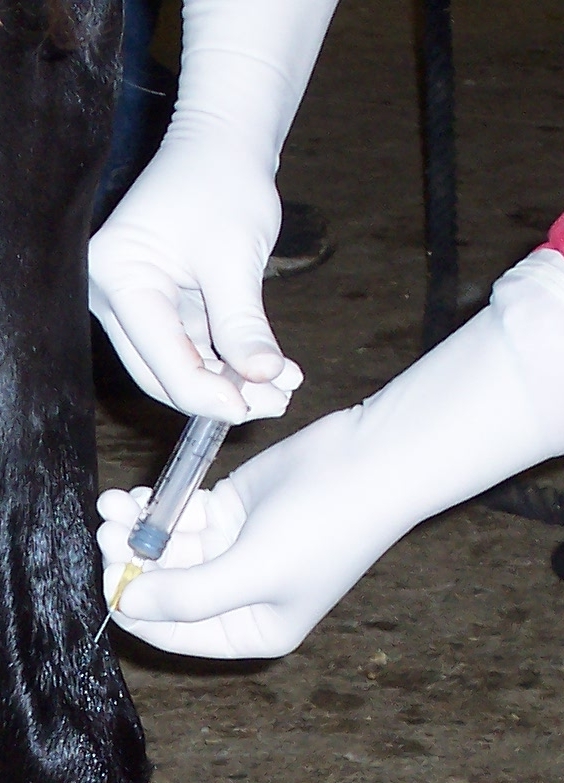
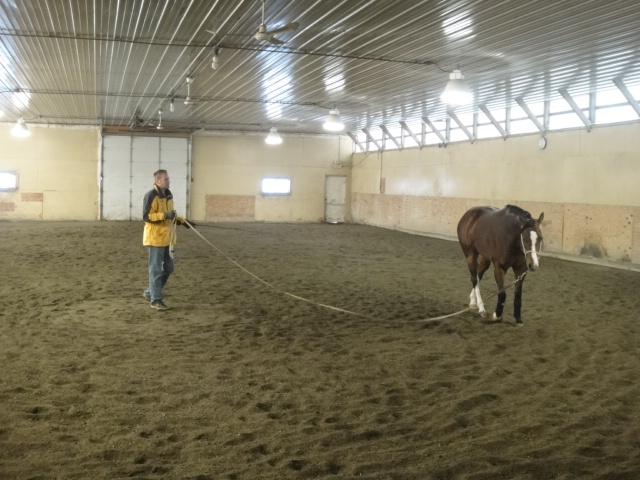
Prepurchase Examinations:
The purpose of this examination is to determine if the horse is sound, healthy and suitable for its intended purpose. This examination provides essential information about the horse's condition so the prospective purchaser can make an informed decision before the purchase of the horse.
The prepurchase examination consists of a thorough physical and lameness examination.
Typically, radiographs are taken of the horse to help determine if the horse is suitable for its intended purpose and to help find any abnormalities that may inhibit the horse from performings its job.
Additional diagnostics may be pursued, based on the results of the initial examination.
More Info: Prepurchase Examinations: A Health Care Must
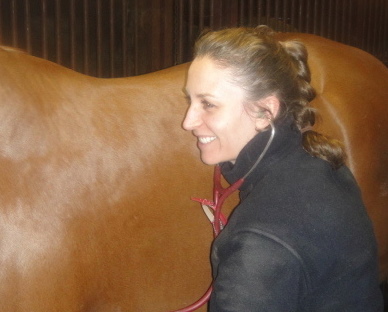
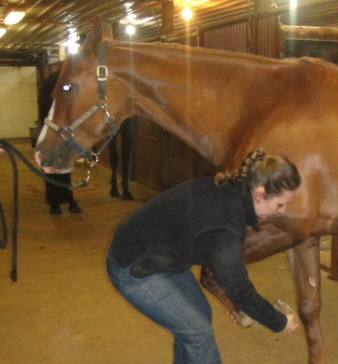
Sports Medicine:
The goal of equine sports medicine is to maximize the health
and performance of horses and to minimize exercise related injuries
and disease.
The successful diagnosis and management of exercise related
diseases in horses, requires an integrative approach. Therefore, in
order to properly evaluate your horse, and get it back to work as
soon as possible, several steps are necessary to ensure the correct
diagnosis is obtained. Evaluations are generally composed of the
following components:
1) Lameness examination:
The horse is evaluated on a lunge line and/or ridden under saddle.
Sometimes the horse is watched on both soft and hard surfaces to
help exacerbate subtle problems. The horse is then extensively
palpated over the neck, back, and all four limbs to detect any
abnormalities. Flexion tests of the limbs may be included to
further accentuate any problems.
2) Diagnostic Blocking:
When a lameness is observed, further investigation to locate
the area of soreness is necessary. These blocks can be performed
around nerves that innervate a specific area or can be done within
a joint. The goal is to desensitize a region that makes the horse’s
lameness significantly improve. It is not uncommon for there to be
multiple areas of soreness as well as soreness in multiple limbs.
It is essential to obtain an accurate diagnosis to ensure
successful management of the lameness,
3) Diagnostic Imaging:
Once a specific area of lameness is located, imaging techniques are used to help arrive at a diagnosis. Common imaging modalities used on the farm are digital radiography and digital ultrasound. When a diagnosis cannot be determined from these modalities, advanced imaging techniques may be necessary to ensure a correct diagnosis. These include magnetic resonance imaging (MRI) or nuclear scintigraphy (Bone Scan).
More Info: CT Scans Can Help Diagnose Stifle Lameness
MRI Diagnostics: Uses And Limitations
MRI To Evaluate Suspensory, Sesamoid
Injuries
4)Treatment:
Once a diagnosis is established, a treatment plan can be initiated. This plan can vary according to the horse’s competition schedule or from the owner’s expectation and goals for the horse. Treatment may consist of therapeutic joint injections, shock wave therapy, corrective shoeing or intra-lesional injections of platelet rich plasma (PRP) to help facilitate healing. Treatment is aimed at getting the horse back to work, training or competition as soon as possible, and managing the lameness so they will be able to perform various activities that we ask of them today.
More Info: Extracorporeal Shock Therapy
Lameness Head To Foot: Lower Limbs
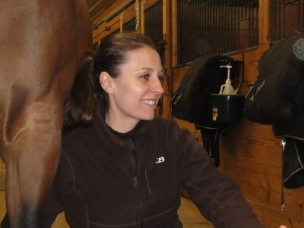
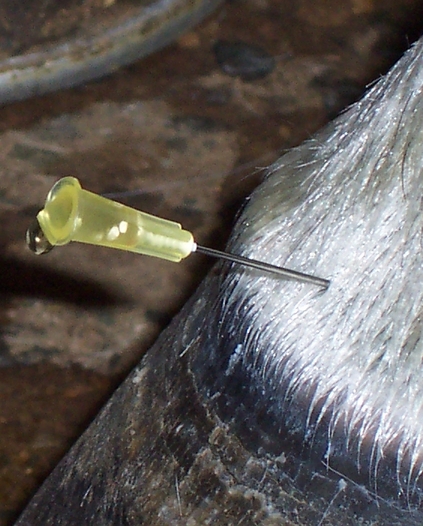
Podiatry:
A thorough assessment of the horse's hooves, with intervention to correct any potential problems, is essential to maintaining performance long term. Regardless of the level at which your horse performs, you can help keep your equine athlete sound for years to come with the appropriate hoof care.
Often, lameness issues in horses can be the result of improper trimming and shoeing of the horse. We offer comprehensive diagnosis, treatment and maintenance for a variety of foot conditions, using medical therapy and theraperutic shoeing.
The combination of a Veterinarian-Farrier Team, can most often get your equine athlete back to soundness much quicker.
More Info: Hoof Anatomy: Outer Structures
Physical Exam Of The Horse Hoof
Veterinarian-Farrier Team Key To Managing
Laminitic Horses
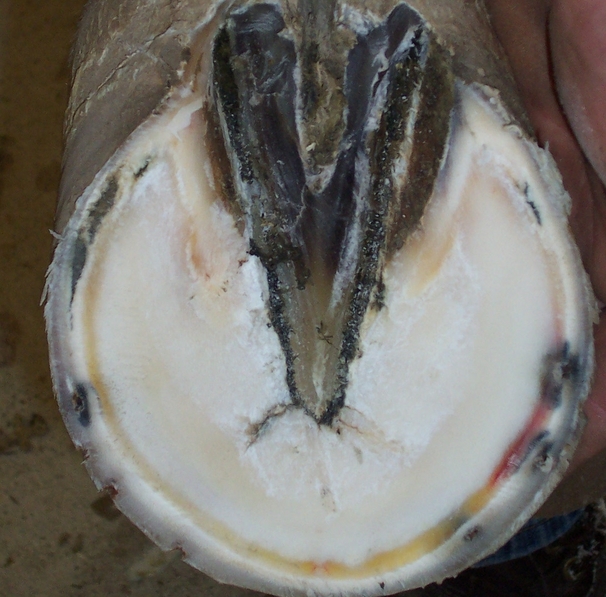
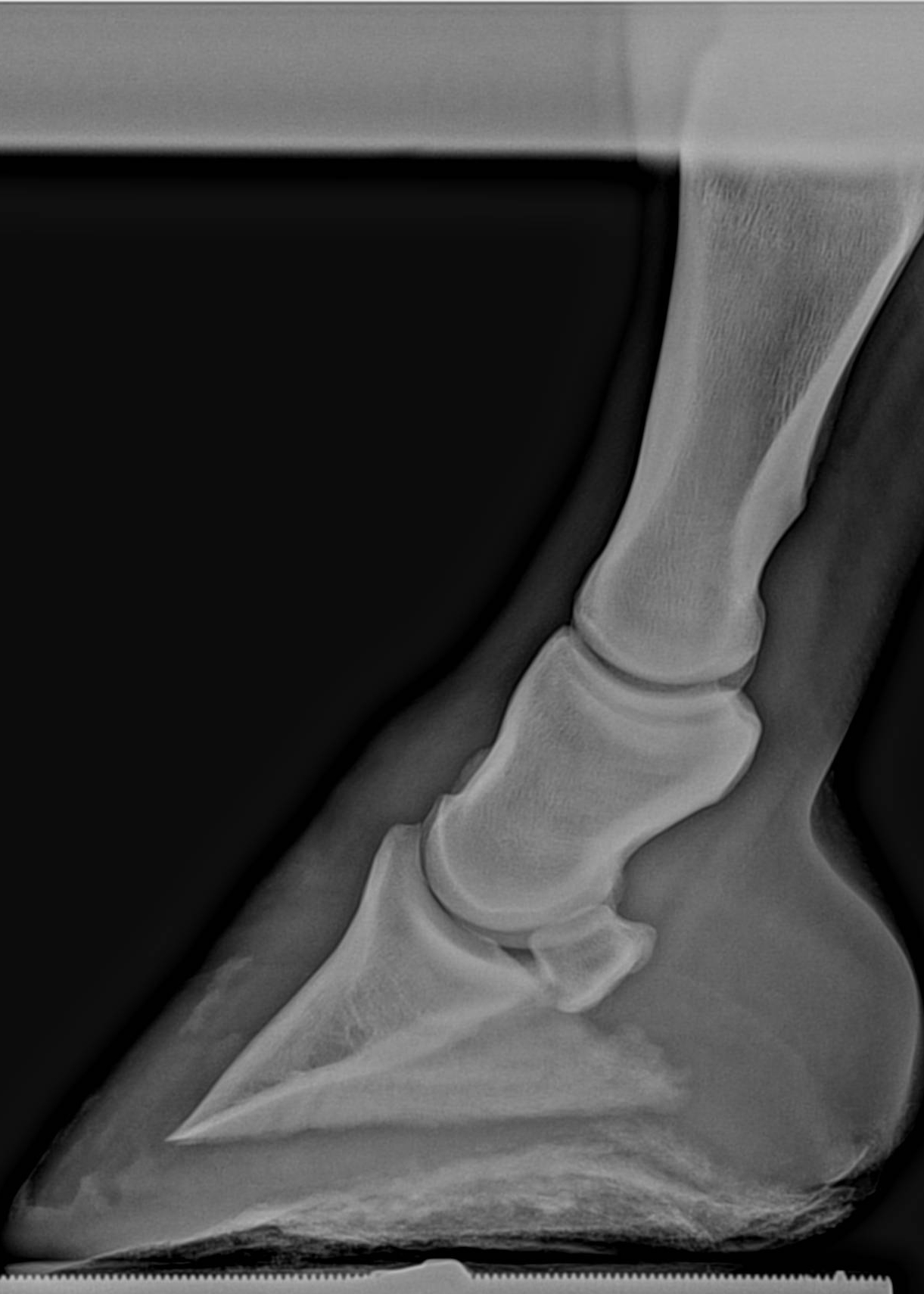
Dr. Krystyna Stoffel, D.V.M.
651.226.6862
Nick Stoffel,
Farrier
651.270.1044
13014 265th Street, Welch, MN
55089
Contact Stoffel Equine Veterinary Services
Request An Appointment
With Stoffel Equine

Stoffel Equine is an ambulatory, equine exclusive veterinary practice focusing on lameness and performance issues.
We are dedicated to preventing, diagnosing and treating injuries and ailments of equine athletes. We provide customized services and care unique to your needs.
Stoffel Equine, brings the veterinary clinic to your front door, equipped with the latest equipment and technology. We diagnose and treat lameness problems on your farm with the portable, stall side, digital x-ray and ultrasound. This equipment provides immediate diagnosis of any abnormalities.
Our portable shockwave machine, also provides immediate treatment for soft tissue and some joint disease.
Our goal is to enhance your horse's quality of life.
Please contact us for more information, or to schedule
an
appointment.
© Copyright 2011
Stoffel Equine Veterinary Services